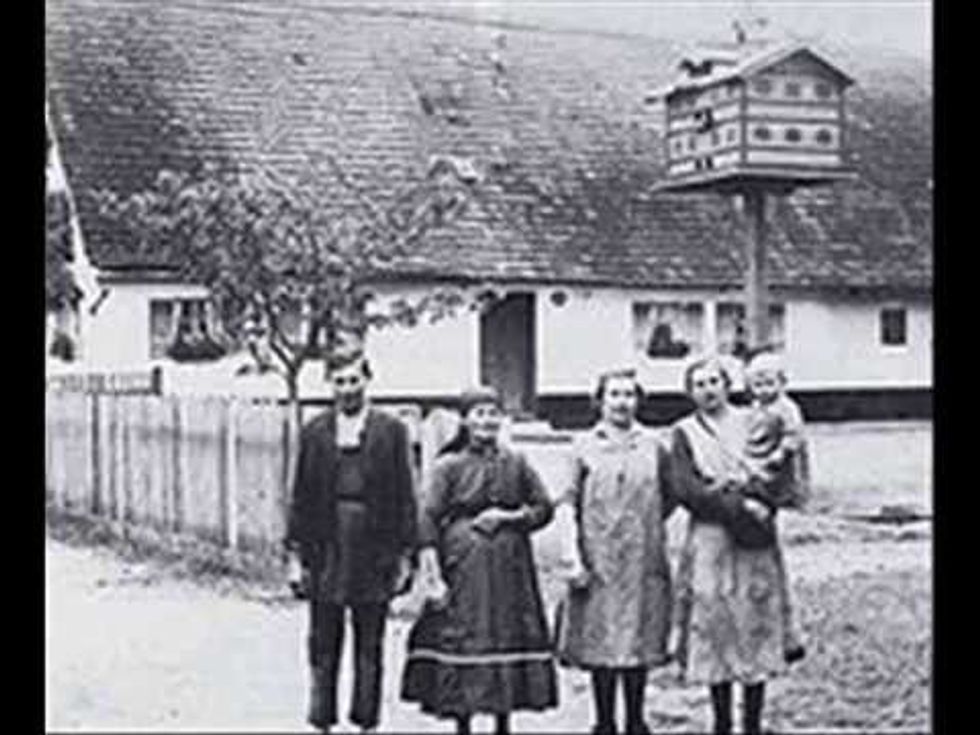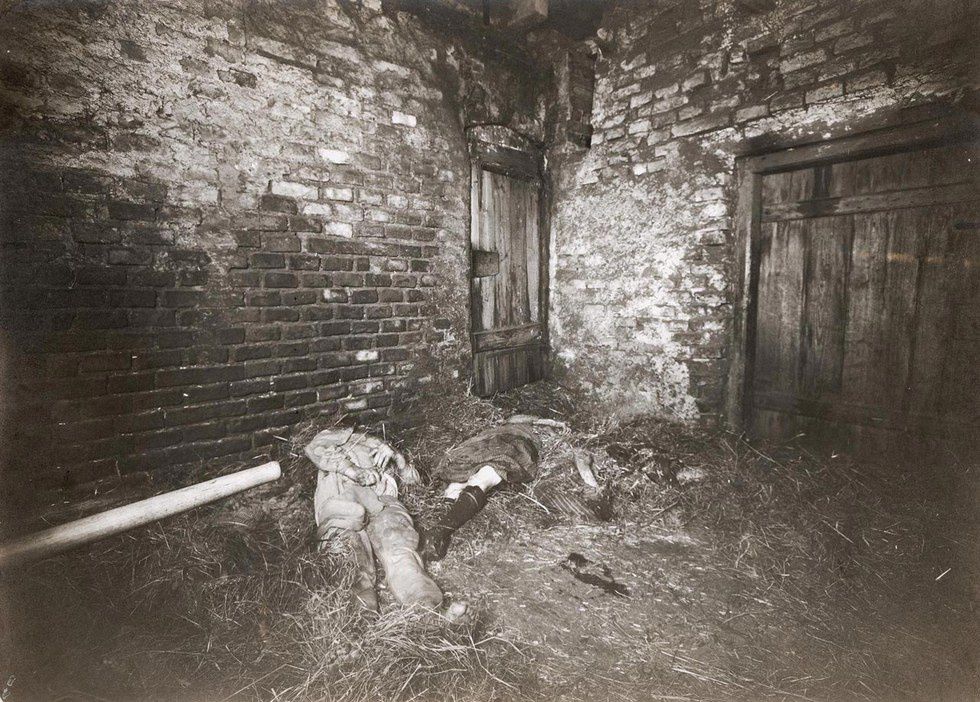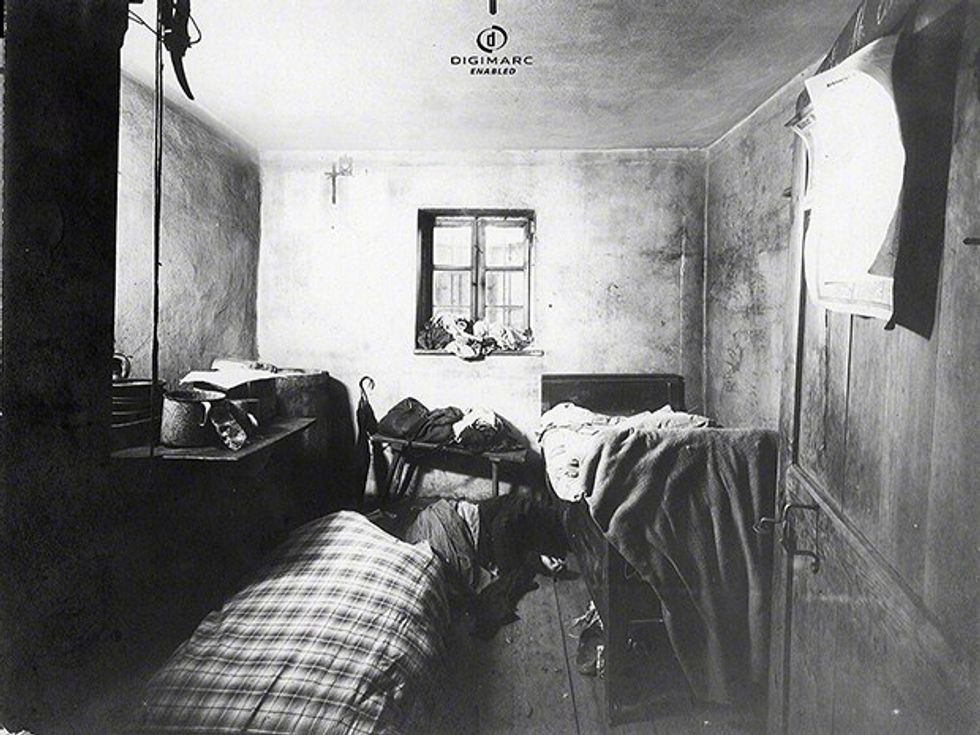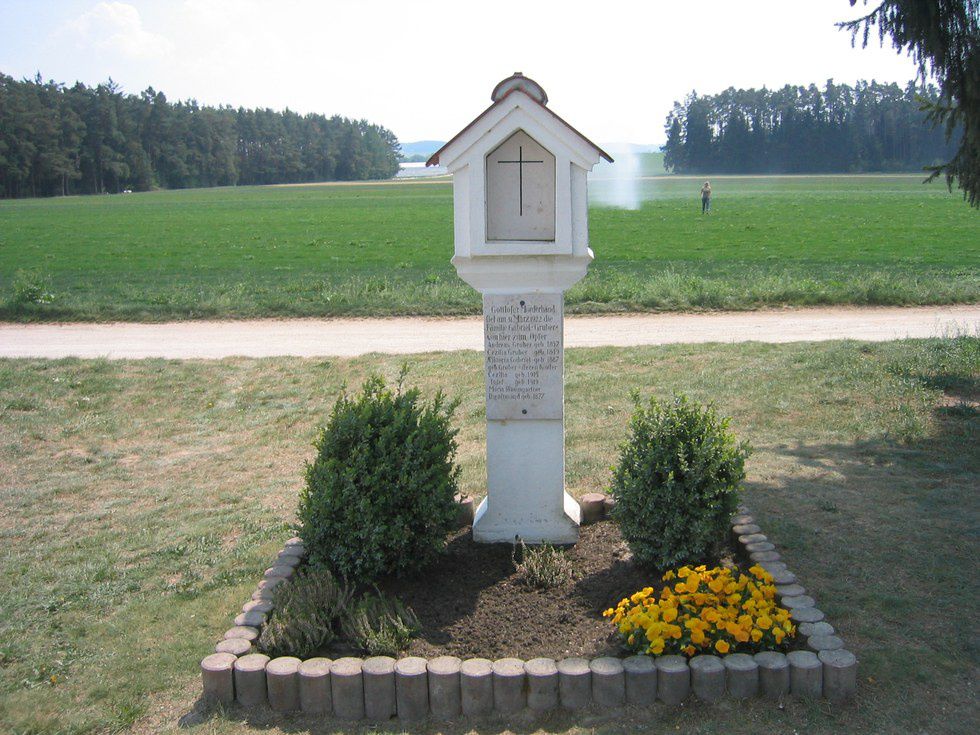I first remember stumbling upon the story of the Hinterkaifeck farmstead when researching related topics for my AP Psychology course senior year. At first glance, it is simple: the year is 1922, the location is a small, mundane town in Germany, and the family is nothing less than ordinary. What first seemed like a stereotypical episode plot of Forensic Files or 48 Hours Mystery soon unraveled to be something much larger, mysterious, and gruesomely sinister. To this day, the events that took place on the evening of March 31st, 1922 are still largely unknown and have baffled the police, detectives, forensic students, and amateur sleuths for decades. All we are left with is tampered evidence, random puzzle pieces, and countless questions. Other than that, this is all we know for certain.
The Family
The wealthy family named the Grubers who inhabited the Hinterkaifeck farmstead just less than a mile outside the town of Kaifeck and an hour from Munich consisted of five people: Andreas Gruber, his wife Cäzilia, their widowed daughter Viktoria Gabriel, and her two children Cäzilia and Josef, ages seven and two. In addition to the family members, their maid also resided with them on the farm.
Although seemingly normal, the wealthy family had a bit of an infamous reputation in the town due to rumors and reports surrounding the elderly man, Andreas. According to neighbors and townspeople, he held a reputation for being abusive and possessive with both his wife and daughter. After the death of Viktoria's husband Karl Gabriel in the trenches of France during WWI, it was rumored by townspeople that Andreas had an infatuation with Viktoria and that Josef was the product of incest between the two. These rumors were strengthened by the speculations that Andreas openly forbade Viktoria to remarry or live anywhere else other than the Hinterkaifeck farm. Other than that, the Grubers were known to be active church-goers, and Viktoria was a very respected member of the choir. Aside from that, the family mostly kept to themselves in their secluded home in the woods.
Prior to the Crime
Approximately six months before the crime, the Grubers' original maid quit her job and fled the home abruptly. According to her reports, she had begun hearing voices and odd noises while alone in the house in addition to footsteps above in the attic. She informed others she believed the house to be haunted, and reports stated that she appeared emaciated and pale on her last day with the Grubers. Many dismissed her to be mentally unstable, but strange occurrences began to resurface six months later in March of 1922.
The true bizarreness began after the night of a heavy snowstorm in mid-March. The next day, Andreas informed a neighbor that while inspecting his property earlier that morning, he found footsteps in the snow beginning in the forest and leading directly to their home's back door. What alarmed Andreas the most was the fact that he was unable to find any footprints leading back out to the woods. That same night, Andreas awoke to odd and bizarre noises stemming from their attic. He promptly conducted a thorough search of the house, tool shed, and barn to no avail. Throughout the next several days, even more, creepy occurrences took place on the farm. First, a strange newspaper that had never arrived on their doorstep before is found on their property. Then, on the 30th of March, a set of keys suddenly goes missing. While searching for them, Andreas finds scratches on the tool shed lock as if someone had tried picking it. On Friday, the 31st of March, the family's new maid Maria Baumgartner arrived on the farm for the first time to begin her new position. This would also be the last day anyone would see any of the inhabitants of the Hinterkaifeck farm.
Discovery of the Crime
On Tuesday, April 4th, several neighbors, and townspeople began to worry about the Grubers after not having heard from any of them in almost four days. This was a very unordinary occurrence, especially because the family had missed church on Sunday, and young Cäzilia had not shown up for school for two days. As a result, several friends and neighbors decided to visit the Grubers that day. Upon arriving at the farm, they reported it to have a very silent and unusual atmosphere. After deciding to inspect the barn, what they found there was a horrific and unbelievable sight. There lied the bodies of Andreas, Cäzilia, Viktoria, and young Cäzilia all stacked on top of one another and covered with clumps of hay.
In a frantic search for young Josef, the search party rushed into the home only to discover the corpses of both the maid and Josef inside in their beds. After the Munich police arrived and autopsies were conducted, it was reported that all six victims died from blows to the skull from an axe. All were believed to have died instantly except for young Cäzilia who was found with clumps of her own hair ripped out and in her hand; it is unknown why this happened, but investigators deduced it happened after her attack while she lied severely injured among the dead bodies of her mother and grandparents.
Initially, the four victims in the barn were believed to have been murdered elsewhere and then later placed in the barn. However, further investigation revealed that all four family members were indeed killed inside the barn. It is presumed that each one of them was somehow lured out of the house into the barn by the perpetrator one by one where they each met their grisly demise. No one is certain if the murders happened all at once or spread out throughout the day/evening. It is also presumed that Cäzilia and Viktoria were killed first due to the fact they were found wearing regular clothes meanwhile everyone else wore pajamas, and Maria and Josef were found in bed already.
If none of this so far has sent a chill down your spine, brace yourself for this one. The autopsy reports confirmed that all six deaths occurred at some point on Friday, March 31st, 1922. However, neighbors and townspeople reported having seen smoke coming from the chimney over the weekend and even the day prior. In addition, investigators found that all the cattle had been fed and taken care of. Even the family dog was tied up and well fed. Additionally, food in the fridge had been taken and a bed seemed to have been slept in just before the discovery of the crime. Police then came to the baffling realization that whoever murdered the Gruber family did so and stayed in the house for several days feeding the cattle and making themselves at home. What possible motive could anyone have for that? This question still remains unanswered.
Aftermath
After nearly a century that this horrendous crime took place, no one to this day has ever been arrested for it. Police, forensics teams, and investigators have never been able to pinpoint one perpetrator for this terrible act. So many unanswered questions and mysteries flood this case to this day, and due to the underdeveloped methods of forensics back then, many believe what happened on that night will forever remain a mystery. Since then, many modern day investigators have tried to reopen the case, but with many witnesses deceased, evidence misplaced, and incomplete records, dead ends are all that have been reached.
Apart from the main mysteries that surround the case, many odd details raise questions in and of themselves. For instance, the motive of the crime is still largely unknown. The family was known to be wealthy, but no jewelry or gold coins were taken from the home. It is also reported that a few weeks prior to her death, Viktoria Gabriel emptied her bank accounts and left a large donation to the church, but the rest of her money was unaccounted for. Additionally, suspicious arose from the discovery that Karl Gabriel, Viktoria's deceased husband, had never been given a proper burial due to the fact his body was never discovered. Could he have faked his death and been dismayed about the rumors of incest surrounding Viktoria's second child upon his return? Moreover, why did this person stick around for six months before committing the murders? Surely what the original maid heard in the attic and around the house could not have just been a coincidence. And why did the perp stick around days after? Many believe the murders to be an act committed by some supernatural force due to the inexplicable noises reported by Gruber, the newspaper, and the footsteps in the snow.
Regardless, the Hinterkaifeck farm is now long gone. It was demolished the following year by townspeople uncomfortable with the idea that a place where an unspeakable act took place still existed. Now, all that remains is a shrine to commemorate the lives of the victims. Another peculiar detail surrounding this is the fact that all six victims were buried headless. Their skulls had been removed for further analysis and sent to Munich for examination but were never returned, a mystery in and of itself. All six victims were buried headless in a graveyard in Waidhofen alongside a memorial.
The Hinterkaifeck mystery has become infamous over the last century in Europe as well as worldwide. It has inspired several documentaries, films, and books. Despite all its infamy, it is a likely reality that whoever (or whatever) committed this grisly violent act so many decades ago will forever remain the only one that truly knows everything that transpired on the evening of March 31st, 1922 on the Hinterkaifeck farmstead.
















































